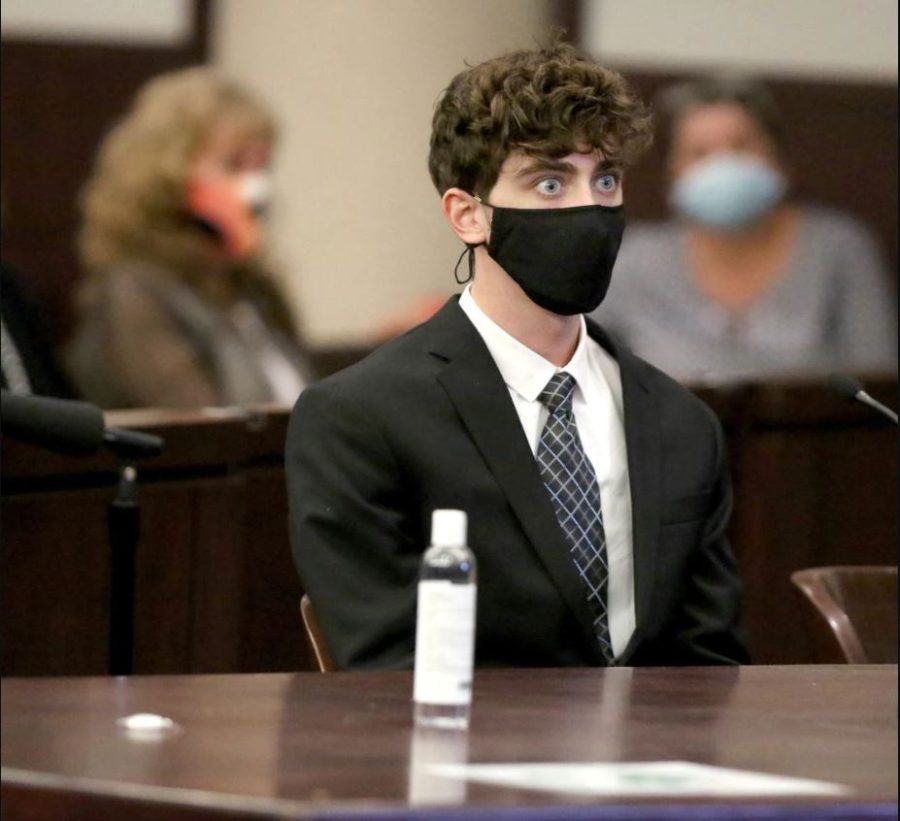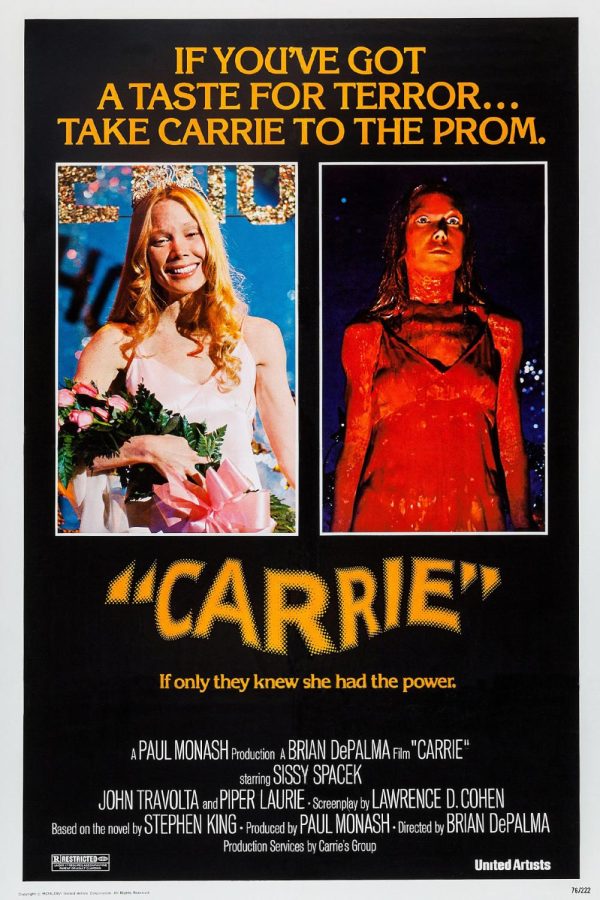The rush. The thrill. The blood. We’ve seen it all.
We have always been violent creatures but never insensitive when it comes to human decency and morals. As always, the media repeats itself. It starts off with an idea, and then it’s soon produced and published.
However, it’s how the audience takes it that changes the narrative. Some audiences view gory films as an adrenaline rush–but it’s not necessarily for the violence. However, what does this all mean for our own collective subconscious?
The human mind is built like an algorithm; it picks up a pattern and slowly accepts it as normal. But just because you become used to something does not necessarily mean it’s okay!
We young people have become desensitized to blood and violence and have started to romanticize fictional characters, like Patrick Bateman, the main character in the 2000 film American Psycho, or Joe Goldberg, from the hit Netflix series You.
This also comes to extreme hysteria for some teens. Some viewers may even show sympathy for these fictional characters–or maybe even build their own personalities based on them.
You should believe what you want to believe, but this unhealthy obsession with brutality and mentally-ill characters should never be romanticized. A couple months back, a young man by the name of Cameron Herrin was put on trial for crashing into a woman and her child while speeding. But how did the members of Gen Z react to this tragedy? They wanted to free him, because they thought he was attractive!
This isn’t the first time that this has happened. A criminal’s actions may become romanticized, giving them an excuse for their crimes.
But what are the causes of this obsession with extreme brutality?
We can conclude that the core of obsession with extreme brutality comes from unhealthy coping mechanisms and normalized repetitions that constantly use violence as one of the biggest sources for entertainment.
Some people may feel powerful when they associate themselves with brutal characters. Not many people are taught how to let out anger and sadness in healthy ways.
Many young people like to play violent shooting games, as a way of showing control over their emotions and environment. But when they are playing these games over and over again, they are subconsciously telling themselves that this is the best way to let out those feelings.
A healthier alternative for expressing anger or sadness is taking a step back and thinking about the situation. Young people tend to explode with emotion in the heat of the moment, not realizing that they might have just made things worse than they already are.
Being overwhelmed with emotions sometimes blinds us from the next step forward. Since younger generations may have not been taught positive ways to release that tension, violence might be their easiest option.
Violence isn’t always bad, until you put it under the wrong context. We have always seen violence as a form of entertainment, but we need to limit how much violence has become normalized.
There are a few solutions to this problem. Parents should more closely monitor what their children are viewing online, and they should never offer them unsupervised internet access. It’s true that parents can’t hide the world from their children, and limiting their exposure to the world outside may only limit their knowledge and experience.
But parents can make their children more knowledgeable about the media they are watching and the things they see. Children should be warned but not necessarily isolated from what they think is dangerous. Exposing them to violence is not dangerous, unless you leave them without guidance or the proper context.
Making children aware of themselves, and teaching them what is right and wrong is the best way to stop the desensitization of an entire generation of young people. It’s not too late for us to save our collective souls.













